Common Summer Roofing Problems and How to Prevent Them
When summer heat rolls in, many homeowners shift their attention to yardwork, vacations, and backyard gatherings. But while the sunshine and warm temperatures are great for outdoor activities, they can be hard on your roof. Extreme heat, moisture, and ultraviolet (UV) rays can all cause seasonal wear and tear that leads to bigger issues down the road. Being aware of these common summer roofing problems—and knowing how to prevent them—can save you from costly repairs. If you’re unsure where to begin, a professional roofing service can inspect your roof and suggest the best strategies for protection.
Heat Damage to Shingles
One of the most common issues during the summer months is heat-related shingle damage. Asphalt shingles, especially darker ones, can absorb a tremendous amount of heat. This constant exposure can cause the material to warp, crack, or become brittle. Once that protective outer layer begins to degrade, your roof becomes more vulnerable to leaks and further deterioration.
The best way to prevent heat damage is to schedule seasonal inspections with a trusted roofing service. They can check for early signs of curling or missing shingles and replace them before problems worsen. Proper attic ventilation is also critical—it allows hot air to escape from your attic space, reducing the strain on your roofing materials.
UV Ray Exposure
UV rays don’t just affect your skin—they can also break down roofing materials over time. Even on cloudy days, the sun’s rays penetrate and cause the protective coating on your shingles to deteriorate. This weakens your roof’s ability to reflect heat and repel water, increasing the risk of leaks and energy loss.
To minimize UV damage, consider installing a reflective roof coating or choosing shingles rated for UV resistance. Working with a roofing service that understands your region’s climate will help you select the right materials. According to Ruby Home, asphalt shingle roofs are the most common type of roof in the United States, used in roughly three out of four roofing projects. These are typically reinforced for better durability and weather resistance, making them a solid option for homes exposed to prolonged sunlight.
Moisture and Humidity Buildup
While summer often brings heat, it can also bring storms and high humidity levels. These conditions can create an environment for moisture to build up under your roof’s surface, especially if your attic isn’t properly ventilated. This can lead to rot, mold growth, or even structural damage.
To combat moisture problems, it’s important to check for proper flashing around vents, chimneys, and skylights. Any gaps can let water seep in. Routine maintenance by a roofing service can uncover these vulnerabilities and prevent long-term water damage. You should also ensure your gutters are free of debris so rainwater can drain efficiently away from your roof and foundation.
Storm and Wind Damage
Summer storms can be sudden and severe, bringing high winds, hail, and heavy rainfall. Wind can loosen shingles, especially if they’ve already been weakened by heat or age. Hailstones can dent metal roofing or crack shingles, leaving your home exposed to leaks.
Before the summer storm season begins, have your roof inspected by a qualified roofing service. They can secure loose shingles, replace damaged ones, and recommend upgrades if your roof is nearing the end of its lifespan. After a storm, a follow-up inspection is always a smart move—even if the damage isn’t immediately visible from the ground.
Animal and Insect Intrusion
The warmer months also bring increased activity from birds, squirrels, insects, and other critters. These animals may seek shelter in your attic or under loose shingles, especially if they find easy entry points. Small holes or cracks can quickly turn into larger openings that compromise your roof’s integrity.
Preventing animal intrusion starts with proactive maintenance. Trimming nearby tree branches and sealing small gaps can make your home less appealing to wildlife. A roofing company can assess areas where animals are likely to enter and install protective barriers or replace compromised materials. Additionally, checking soffits and eaves for signs of nesting can help you catch problems before they escalate.
Summer roofing problems often start small but can grow into major headaches if left unchecked. From heat and UV damage to moisture intrusion and animal activity, your roof faces multiple seasonal challenges.
Hiring a professional roofing service to conduct seasonal inspections, perform maintenance, and recommend weather-appropriate materials is one of the smartest moves a homeowner can make. Contact Dolly's Roofing, Inc today.

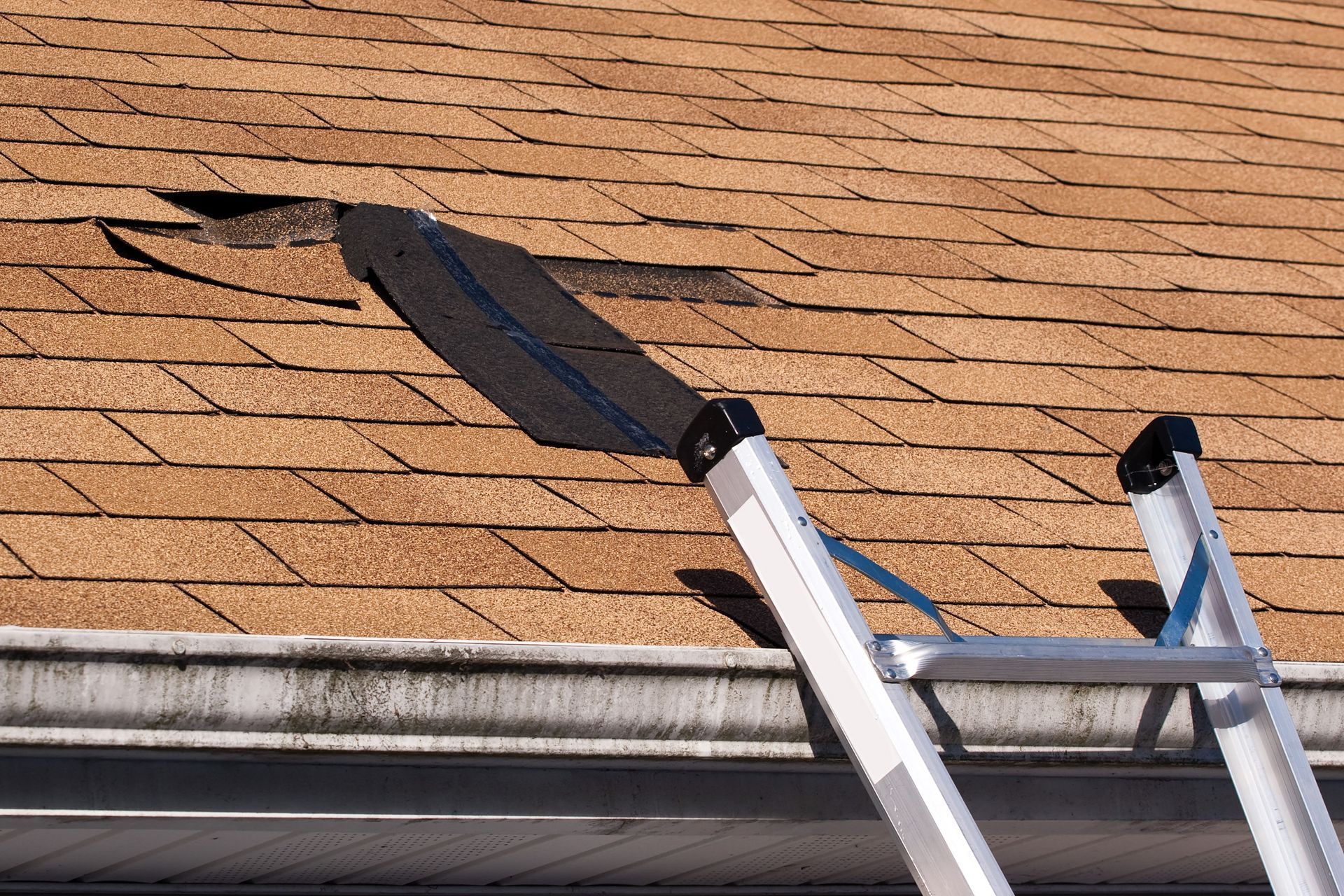

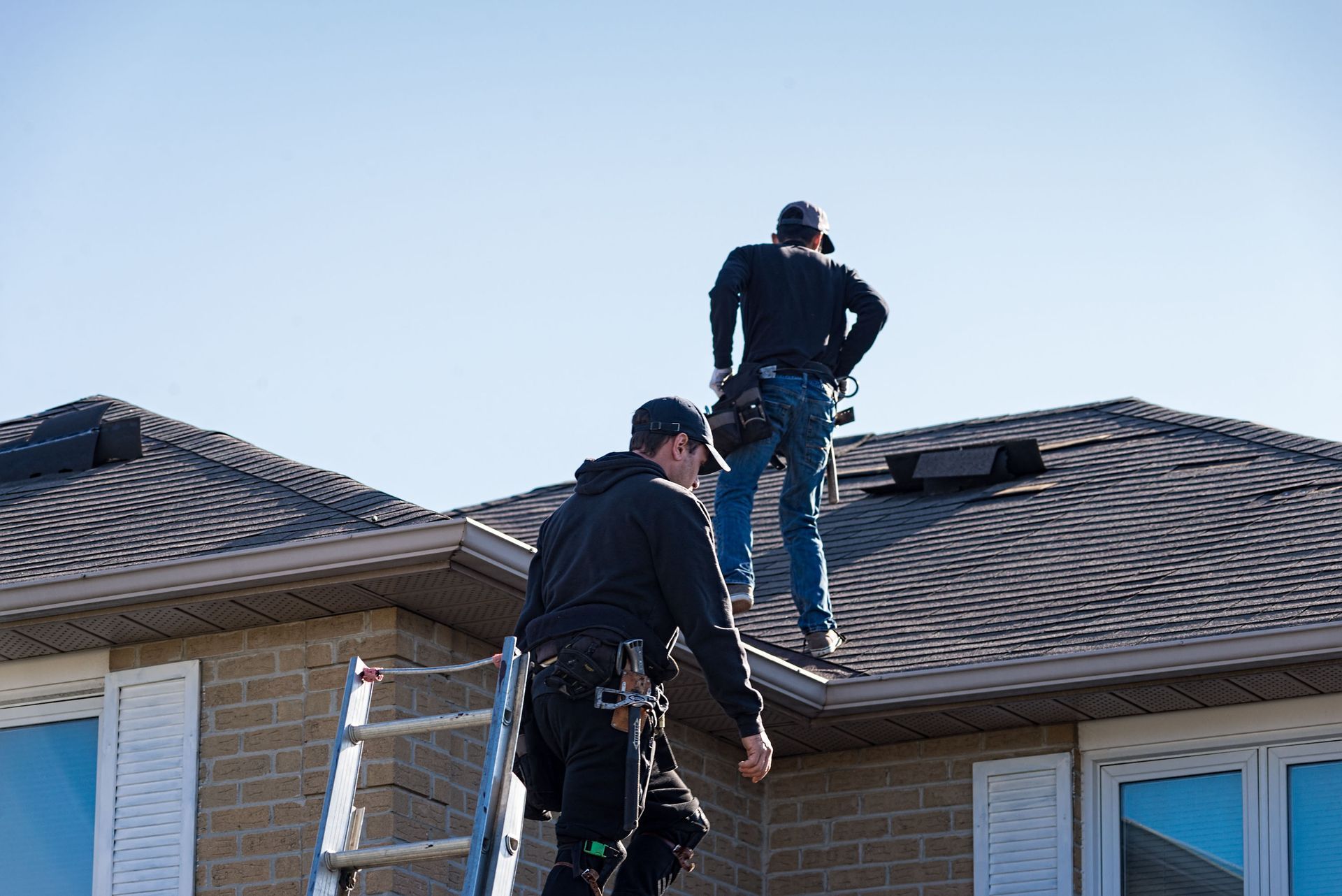
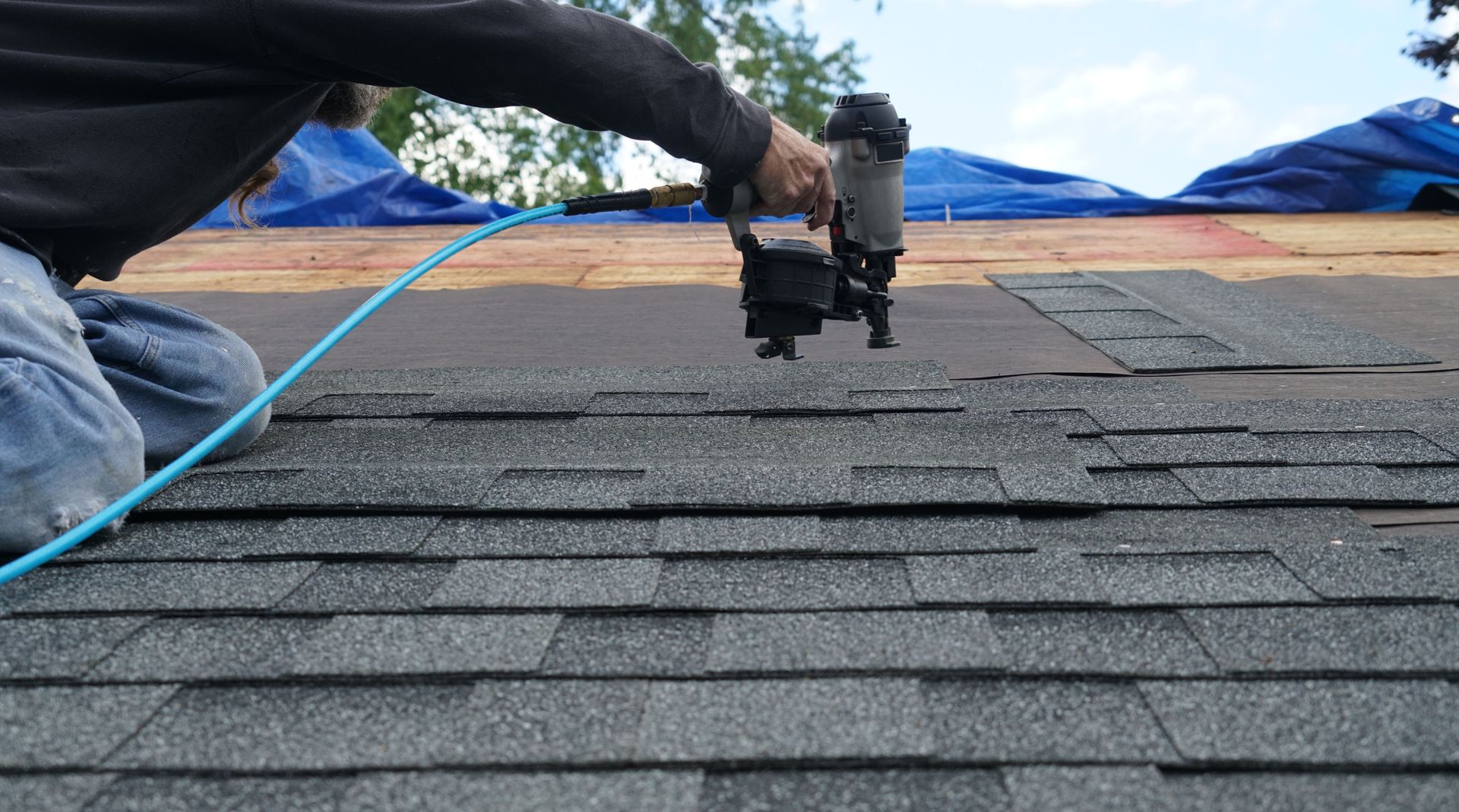

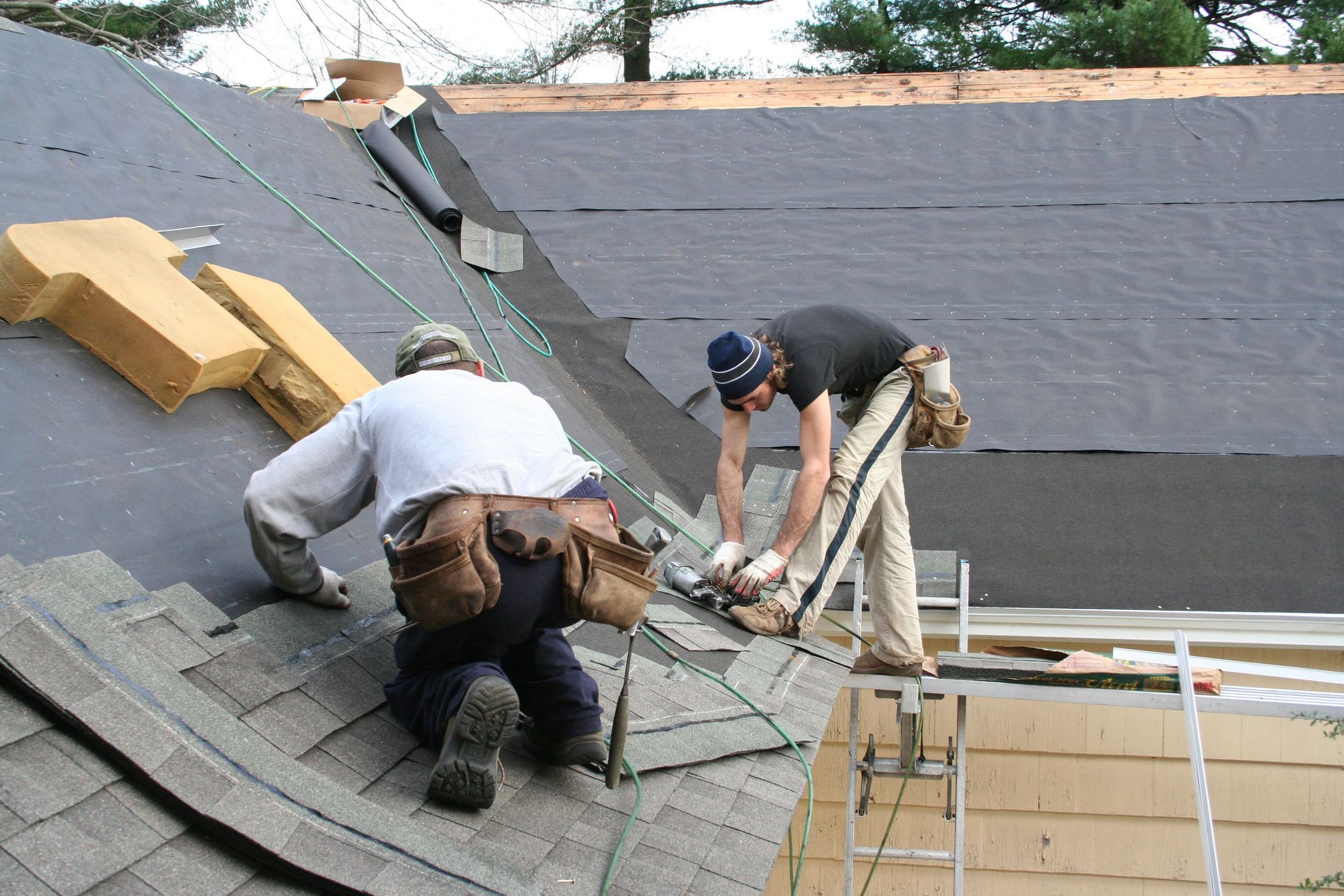


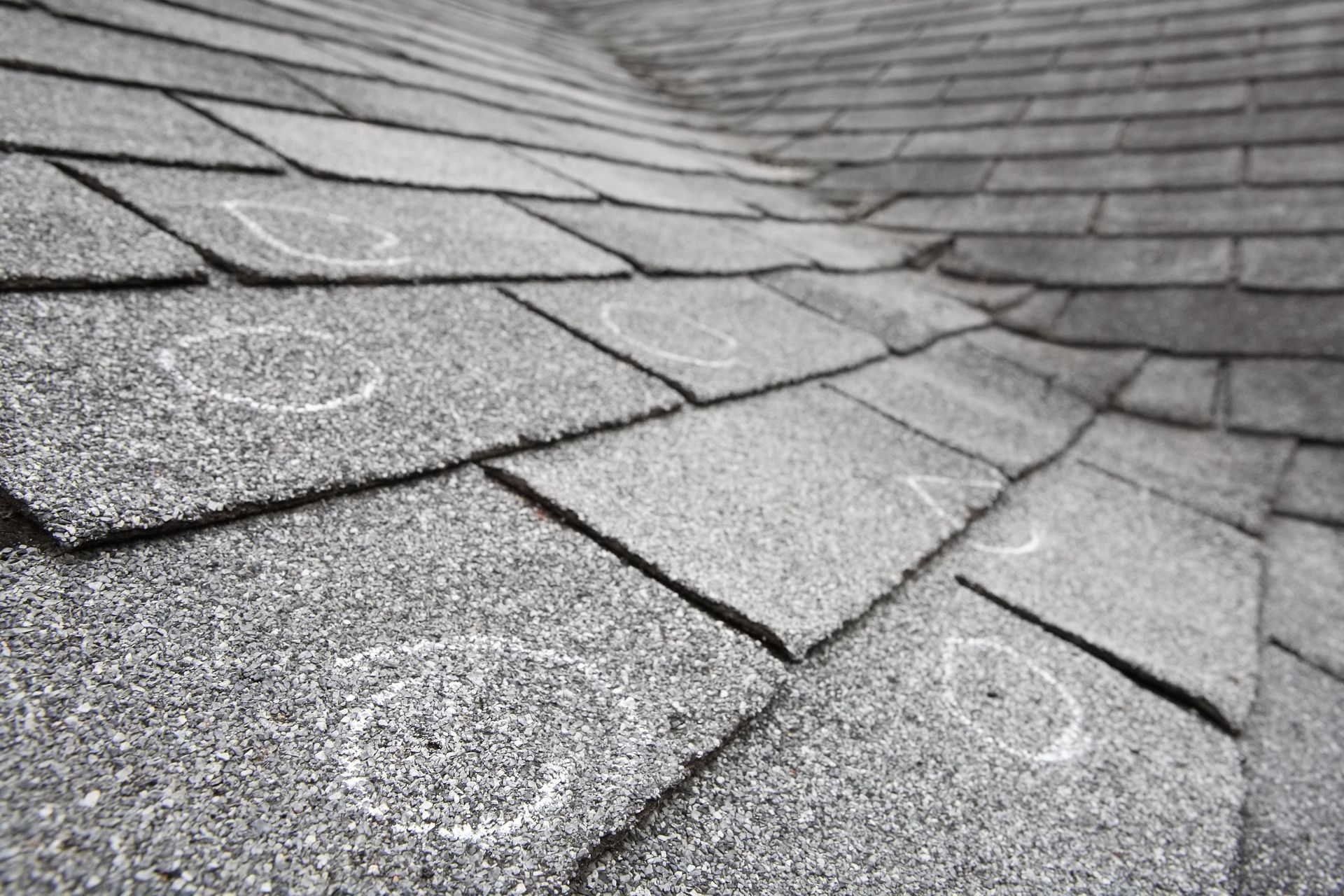
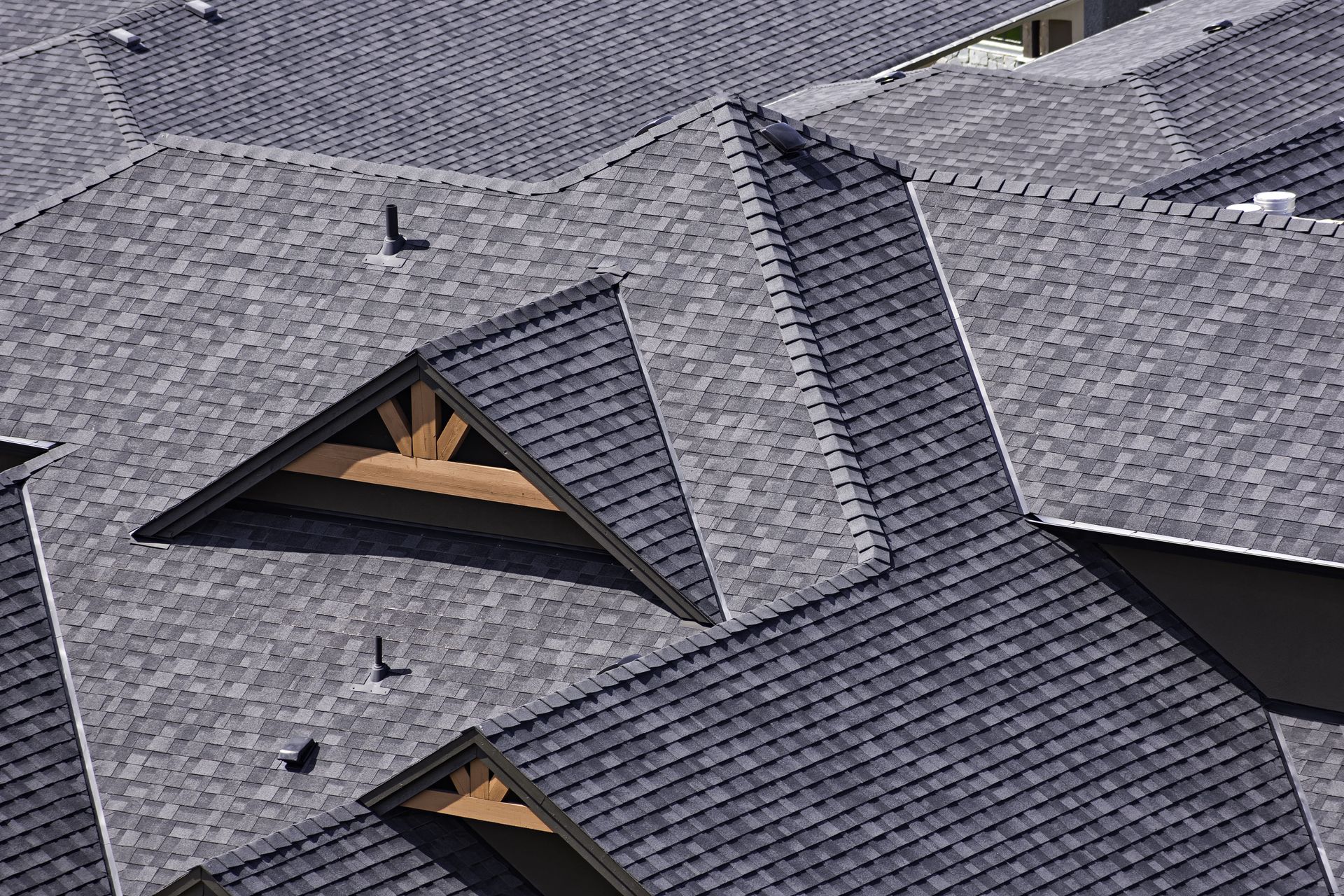



Share On: